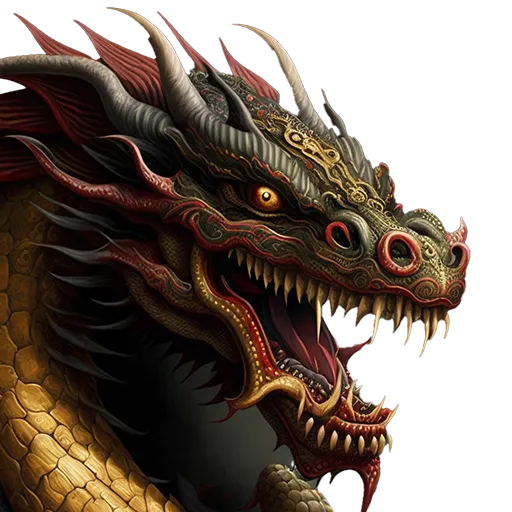China Hand (唐手)
Chinese martial arts have had a strong influence on the development of other Asian fighting arts. Ancient China was the cradle of Asian culture, and many of its neighbors either paid tribute or were vassal states. Daoism, Buddhism, Confucianism, the various arts and crafts, calligraphy, sword making, and martial arts all found their way to neighboring nations. Countries like Japan, Korea, and Okinawa sent emissaries to study in China. Today, perhaps due to national pride, most Asian countries claim that their style of martial art is indigenous and has been practiced for thousands of years. History, however, tells us differently.
Karate came to Japan by way of Okinawa. Many of the Okinawan masters trace their lineage directly to China or to military envoys stationed in Okinawa. Many of the Karate Kata (Tao Lu or Forms) that are practiced today still bear the name of Chinese warriors. In 1921, Master Gigin Funakoshi was the first Okinawan Karate master to teach the art in Japan. Later, other masters introduced other Karate styles.
Prior to the events that led to World War II, the original Chinese characters for Karate (唐手) were written to mean “Tang Hand” (Tang Dynasty) and referred to Chinese Hand. In 1936, due to the changing political climate, many of the leading Okinawan masters decided to change the writing of Karate (空手) to mean “Empty Hand” While the pronunciation remained the same, the characters were now different from their original writing. To teach an art with strong Chinese referents would have been political, if not actual, suicide, at a time when Japan considered itself the master of Asia.
Tae Kwon Do, a Korean martial art, is one of the most widely practiced styles. This system was developed in the 1960s by Choi Hong Hi, who had received a First Dan ranking (first degree black belt) in Japan. He had studied Shotokan Karate, the style that was brought to Japan by Master Funakoshi. Until Tae Kwon Do went through a revision in forms prior to the Seoul Olympics in 1986, many of the Katas that were practiced still closely resembled those of Shotokan Karate.
A Korean martial art system that is older than Tae Kwon Do is Tang Soo Do (당수도 in Korean) which was established in the 1940s is written as (唐手道), meaning Tang Hand Way, but more properly translated as “Way of the Tang Hand,” which also references China. Unlike Karate, this style was influenced by the methods from Northeast China, but as with Okinawan Karate, which derived largely from Fujian Province, here too we have the same reference to Chinese hand.
Although this information is historically correct, it is well to note that while China did influence the development of other major Asian martial arts, these systems have taken on a character of their own and are now quite distinctive from the original Chinese methods.
This brief historical reference is just that. Ultimately, it is the person who practices the art and makes it his or her own, regardless of origin, that matters. All martial arts styles, when practiced earnestly, and benefit our daily lives, have merit.
